First, understanding Bottlenecks: Why is Slitting Key?
During the foil stamping process, the printing material (such as paper, plastic, cloth) will be separated from the excess foil after being pressurized by the hot stamping plate at high temperature. At this point, we need to cut the hot stamped large format material into the final finished size.
• Pain points of traditional slitting machines:
◦ Poor accuracy: Blade vibration and unstable transmission lead to unstraight slitting lines, resulting in "wavy edges" and "burrs", which seriously affect the aesthetics of high-end products.
◦ Low efficiency: the tool change and adjustment time are long, and the speed cannot be increased, which cannot match the production cycle of the high-speed hot stamping machine.
◦ High loss: low accuracy means low yield, expensive hot stamping foil and printing materials are wasted.
◦ Poor flexibility: Difficult to handle multiple materials (from thin paper to thick cardboard) and complex shapes (non-linear slitting).
◦ Low safety: Traditional mechanical protection has potential safety hazards.
A high-performance slitting machine is designed to completely solve these pain points.
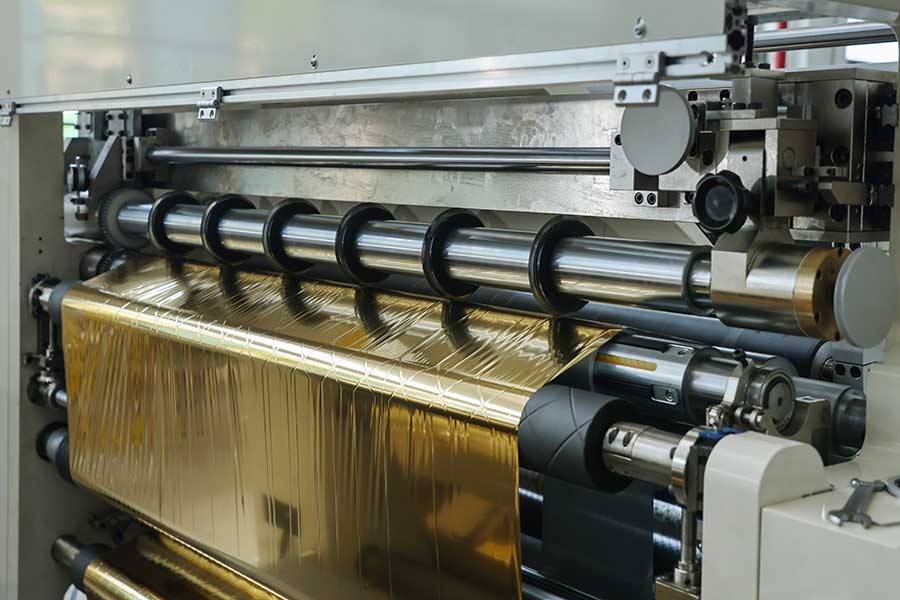
Second, core selection elements of high-performance slitting machine
The selection is not the most expensive, but the most suitable. Please evaluate it comprehensively from the following seven dimensions:
1. Slitting Precision and Stability (Core of Cores)
• Transmission system: Prefer a system driven by a servo motor. It is more accurate and responsive than traditional mechanical transmission or variable frequency motor control, enabling high-precision fixed length slitting and speed synchronization.
• Tool holder structure:
◦ Bottom knife (anvil knife): must be made of cemented carbide, ultra-high wear resistance, long life.
◦ Circular knife (cutter): Carbide is also recommended. Paying attention to its installation method, the pneumatic floating tool holder is a high-end standard, which can automatically adjust the pressure according to the thickness of the material to ensure clear cuts and protect the knife edge.
◦ Bearings and tool holders: High-precision, maintenance-free bearings are key to long-term operation without deviation.
• Rigidity: The heavy cast iron or alloy steel body can effectively absorb vibrations, ensuring ultimate stability in high-speed operation.
2. Slitting method
• Pull-cut: The material is cut under tension. The advantage is that the structure is relatively simple and the cost is low. The disadvantage is that it requires high material tension control, which is prone to tensile deformation or burrs.
• Drag cutter type (push cut): The material is slitted on the platform and the blade actively rotates for cutting. This is the first choice for hot stamping and slitting. It provides clean trimming without stretch deformation, especially suitable for high-grade jams, aluminized paper, and other materials that are easy to tear.
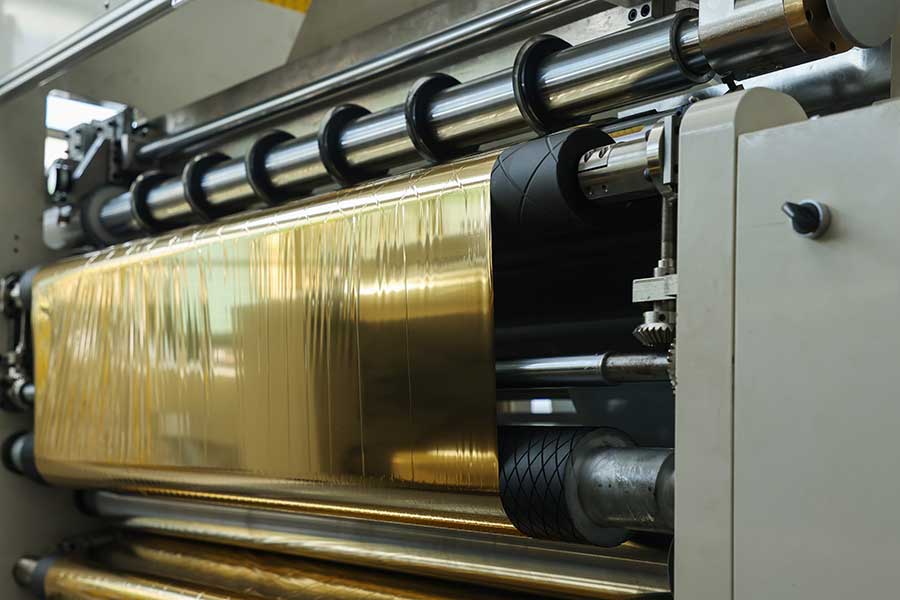
3. Automation and humanized design
• Numerical Control System (CNC): The "brain" of modern high-performance slitting machines. By inputting slitting size, quantity and other parameters through the touch screen, the system automatically adjusts the tool position, which greatly shortens the time of changing the live-shifting machine (from 30 minutes to 1-2 minutes).
• Preset order function: hundreds of production order recipes can be stored and recalled with one click to achieve quick switching.
• Data collection and interface: Supporting networking (such as ERP/MES systems) to visualize and manage production data is an important part of smart factories.
4. Speed and efficiency
The maximum slitting speed should match or even slightly exceed the maximum production speed of your hot stamping machine, ensuring that it does not become a new bottleneck.
Focus on effective production time, i.e., the duration of stable operation at high speeds, not just the maximum nominal speed.
5. Material adaptability
• Slitting thickness range: Clarify what is the thinnest and thickest material you need to slit (e.g. 200gsm to 800gsm cardboard).
• Special material handling: If you need to slit products with a bumping (bump) effect, you must choose a model with gap slitting function. This feature allows the blade to automatically lift when it encounters a raised part, avoiding cutting the pattern or damaging the blade.
6. Safety protection
• Fully enclosed guard: must be equipped to prevent the operator from coming into contact with the blades rotating at high speeds.
• E-stop button, safety grating/laser scanner: non-contact safety protection in the danger area, the device will stop immediately as soon as a limb enters.
• Interlock device: When the protective cover is opened, the device automatically powers off.
7. Brand and after-sales service
• Brand reputation: Choosing a brand with a good reputation in the postpress field often means more reliable quality and more mature technology.
• Technical Support and Spare Parts: Ensure that suppliers can provide timely installation, commissioning, training, and spare parts supply services. Downtime is the biggest cost.
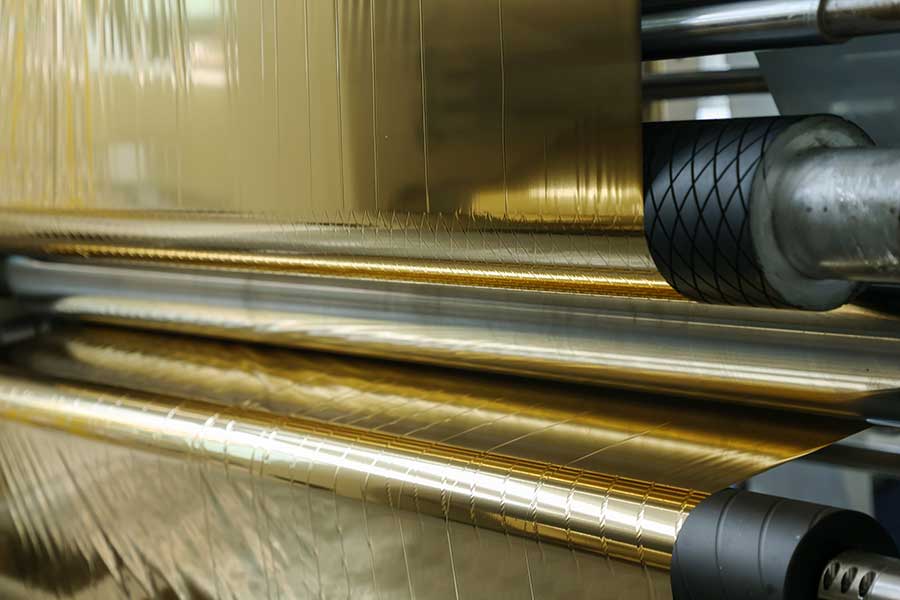
Third, application guide: Maximize the efficiency of the equipment
If you buy good equipment, you must use it well.
1. Precise debugging is the first step:
◦ Precise adjustment of blade angle, overlap and pressure according to material thickness and characteristics. Cutting too little will accelerate blade wear if too much.
◦ Make sure that the axis of the bottom cutter and the circular cutter are absolutely parallel.
2. Blade Selection and Maintenance:
◦ Choose high-quality carbide inserts.
◦ Sharpen and replace knives regularly: Establish a maintenance schedule and don't wait until the cut product has burrs before changing knives. Blunt knives are a major cause of quality degradation and material waste.
◦ Keep the blade clean to avoid glue and dust adhesion.
3. Operator Training:
◦ Give the operator a good understanding of the machine principle, not just press a button. Teach them how to judge and adjust equipment parameters based on product phenomena (e.g., burr, draw).
4. Establish standardized operating procedures (SOPs):
◦ Establish standard slitting parameter setting tables for different products and materials, reduce the dependence on the operator's personal experience, and ensure the consistency of product quality.
summary
Solving hot stamping slitting bottlenecks and investing in a high-performance slitting machine is not a cost, but a strategic investment that leads to higher product quality, lower material loss, faster production efficiency, and better customer satisfaction.
Selection decision-making process suggestions:
1. Internal assessment: Clarify your own needs (material type, size range, average daily capacity, budget).
2. Market Research: Gather information on makes and models that fit within your budget.
3. On-site proofing: crucial! Bring your own foil stamping samples, especially the most complex and difficult ones, to the supplier's factory for actual slitting testing and see for yourself.
4. Comprehensive Comparison: Comprehensive evaluation in terms of accuracy, speed, efficiency, service, and total cost of ownership (TCO).
5. Make decisions: Choose a device that best addresses your current pain points and has some future scalability.
I hope this guide can provide you with clear ideas and practical help to successfully break through production bottlenecks and enhance the competitiveness of enterprises.

This article will systematically introduce a comprehensive guide from basic operations to advanced techniques to help you become an expert in the field of hot stamping film slitting.
10. January, 2026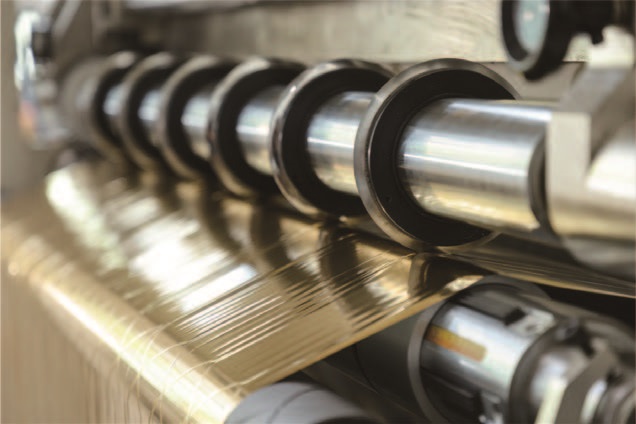
To avoid investment mistakes, the following five key questions must be thought through before buying.
10. January, 2026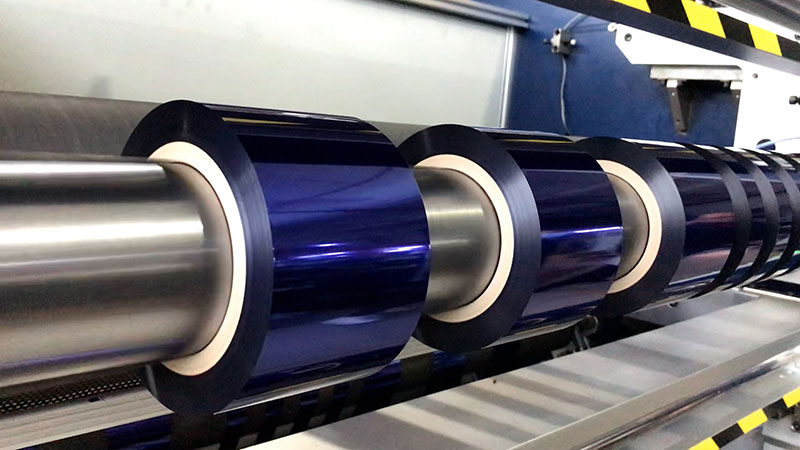
This article will comprehensively analyze the key points of hot stamping film slitting machine selection to help you make an informed decision.
09. January, 2026
Today, we'll delve into the features of both devices to help you make a more informed choice.
08. January, 2026
Let's dive into the heart and uncover the technological curtain behind this micron-level precision.
08. January, 2026